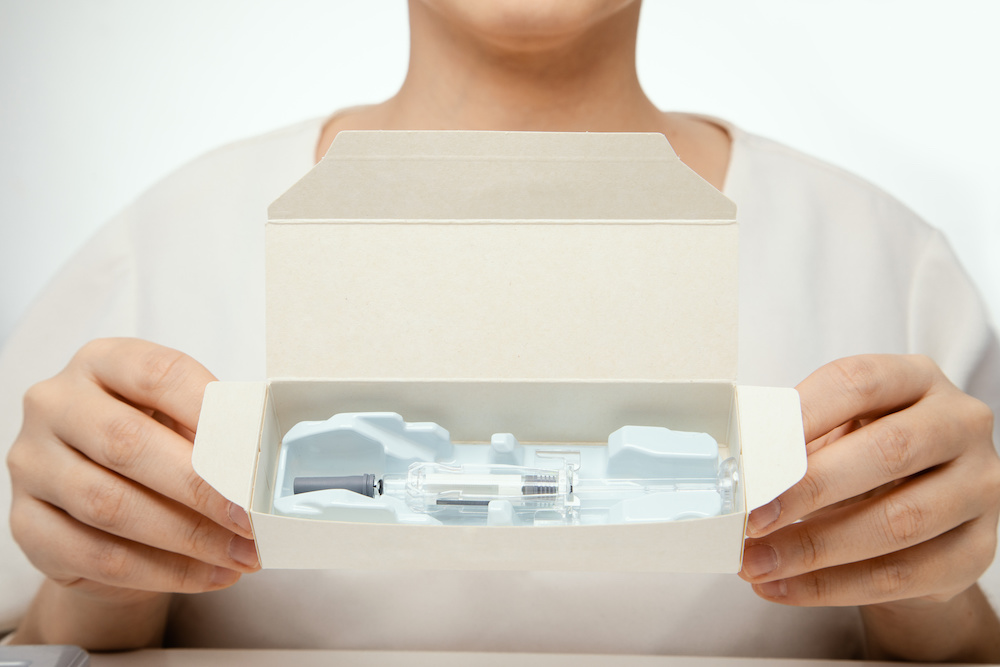Puerto Rico’s resident commissioner, Rep. Jenniffer Gonzalez-Colon , has introduced a bill in the House which will provide incentives for medical manufacturing in Puerto Rico. Senator Marco Rubio introduced the same measure in the Senate. The two have introduced similar bills, known as MMEDS, for the past three sessions.
The summary of the Medical Manufacturing, Economic Development, and Sustainability Act of 2021, or the MMEDS Act of 2021, reads as follows:
“This bill provides incentives for relocating medical manufacturing facilities in the United States and for manufacturing medical products (i.e., drugs and devices) in economically distressed zones. Specifically, the bill allows an income tax credit for 40% of the sum of wages paid in a medical manufacturing economically distressed zone, employee fringe benefit expenses, and depreciation and amortization allowances with respect to qualified medical manufacturing facility property, and a credit for economically distressed zone products and services acquired by domestic medical manufacturers. The bill increases the credit rate for minority businesses.”
What’s a distressed zone?
In order to be considered “a distressed zone,” the poverty level in an area must have been over 35% for the past five years. This describes more than 70% of Puerto Rico. Florida, Senator Rubio’s home state, also has distressed zones, including Glade County. In fact, every state has distressed zones or, as they are often known, opportunity zones.
Opportunity zones offer tax incentives to companies prepared to invest in them. The MMEDS bill offers increased tax breaks for medical manufacturing in particular. It would create a 40% tax credit for wages and benefits and another 40% for depreciation and amortization of property. The percentages would be even higher — as much as 60% — for U.S. companies that reshore, closing operations in a foreign country and rebuilding in a distressed area of the United States. It also offers loans for the purchase of goods and services in opportunity zones. In each case, these extra benefits would be for companies that produce medical devices, pharmaceuticals, and the like.
Why medical products?
González-Colon says that one of her goals is to “strengthen the United States’ medical supply chain,” which is “essential to our national security.”
One of the things we learned during the pandemic was that the United States is really dependent on a few foreign nations for medical supplies. China and India produce most of the generic drugs used in the United States, for example. When those nations were affected by COVID-19, U.S. supply chains suffered. Getting enough protective gear for health professionals in the U.S. was a challenge.
Puerto Rico is the largest pharmaceutical exporter in the United States, producing more drugs than California or Indiana, including some of the world’s most often prescribed medications.
We also saw after Hurricane Maria that Puerto Rico produced nearly all the saline drip supplies used in the United States. Once again, supply chain disruptions were very problematic.
Since Puerto Rico already has many facilities approved for he manufacture of medical devices and pharmaceuticals, and many experienced workers in the industry, it seems obvious that an increase in U.S.-based manufacture of health care supplies would benefit the Island. Incentives that push companies to produce more medical goods in opportunity zones must naturally bring Puerto Rico to mind.
Since building new factories in. Puerto Rico would bring economic development to the Island, this is a win-win situation.








No responses yet